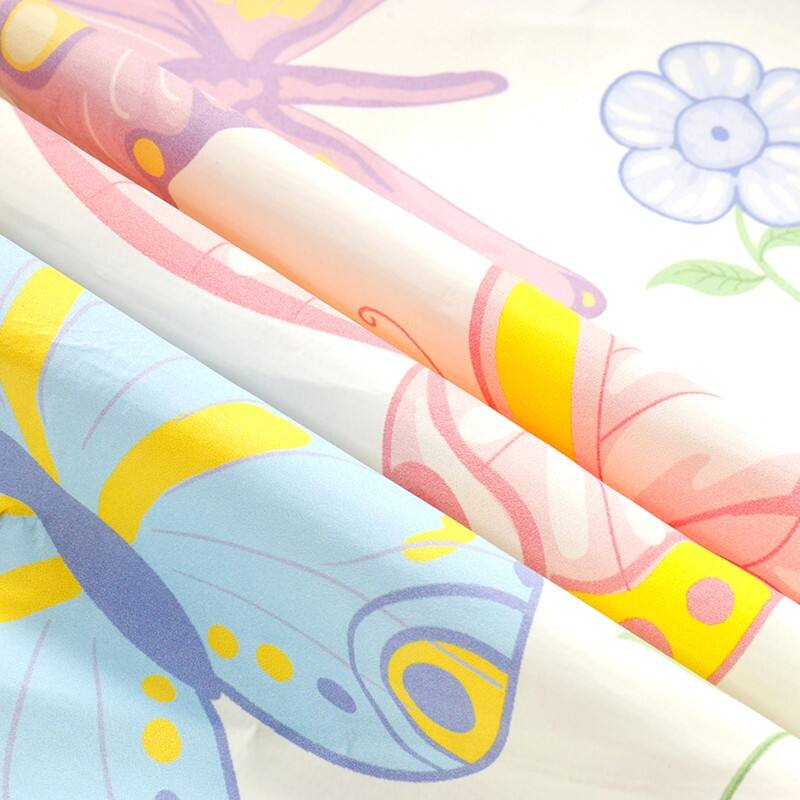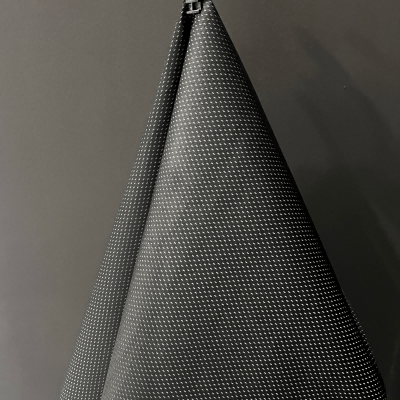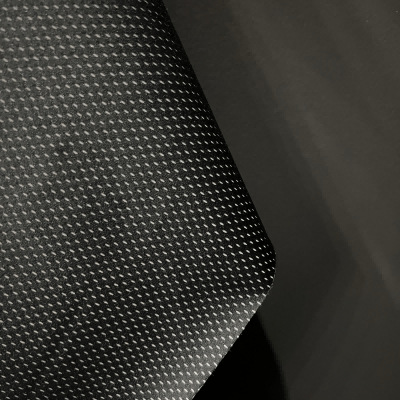cheap materials for clothes
Cheap materials for clothes represent a diverse range of affordable textile options that make fashion accessible to everyone. These materials include polyester, rayon, nylon, and various synthetic blends that offer durability and functionality at a fraction of the cost of premium fabrics. Modern manufacturing techniques have significantly improved the quality of these budget-friendly materials, making them increasingly indistinguishable from more expensive alternatives. These materials often feature moisture-wicking properties, wrinkle resistance, and easy-care characteristics. Synthetic fibers, which form the backbone of affordable clothing materials, are engineered to withstand regular wear and washing while maintaining their shape and color. Many of these materials incorporate advanced textile technologies that provide UV protection, enhanced breathability, and temperature regulation. The versatility of these affordable materials allows for their use in everything from casual wear to athletic apparel, making fashion more democratic and accessible. Despite their low cost, these materials often demonstrate remarkable resilience and can be processed using eco-friendly methods to reduce environmental impact. The continuous innovation in synthetic fiber technology has led to the development of materials that not only cost less but also perform better in specific applications than their natural counterparts.


